Netflix, long associated with at-home binge culture, is turning the tables on its core business model by stepping off the screen and into physical space. With the upcoming debut of Netflix House in Philadelphia and Dallas by late 2025 and a third venue planned for Las Vegas in 2027, the streaming platform is making its boldest move yet into the experiential economy.
These are pop-up exhibits & temporary fan conventions. Netflix House represents a permanent, year-round foray into location-based entertainment, retail, and hospitality. With over 100,000 square feet of immersive environments in each city, the venues are designed to bring some of Netflix’s biggest global franchises, including Stranger Things, Squid Game, Wednesday, One Piece, and Knives Out, among others, into vivid, walkable reality.

The Streaming Giant’s Bold Move Beyond the Screen
The shift to physical spaces is a calculated evolution in how Netflix engages with its audience. As streaming competition intensifies and the attention economy fragments, Netflix is betting on a model that transforms passive viewership into active participation.
At Netflix House, fans transition from spectators to participants, immersing themselves directly in the worlds of Hawkins, Nevermore Academy, and beyond. Activities will range from a Squid Game-inspired obstacle arena to a haunted walkthrough of Creel House, interactive VR gaming, high-concept mini-golf, and curated retail and dining experiences themed around Netflix originals.
“We’re building something that’s never existed before where story, technology, and place converge,” said Marian Lee, Netflix’s Chief Marketing Officer, in a statement. “This is fandom, made tangible.”
Site-Specific Experiences, Global Appeal
Both initial locations, King of Prussia Mall in Philadelphia and Galleria Dallas in Texas, will offer unique programming tailored to their respective markets. In Pennsylvania, visitors will encounter “Wednesday: Eve of the Outcasts,” an immersive dark carnival experience, and “One Piece: Quest for the Devil Fruit,” a high-energy adventure featuring anime-style missions. Meanwhile, Dallas fans will find “Stranger Things: Escape the Dark” and “Squid Game: Survive the Trials,” combining psychological thrills with team-based challenges.

Each site also includes original concepts such as Top 9, a mini-golf course with media-reactive technology, TUDUM Theater for screenings and events, and Netflix RePLAY, a hybrid of a retro arcade and story-driven game rooms. The programming is designed to rotate periodically, encouraging repeat visits and ensuring the venues remain fresh and dynamic.
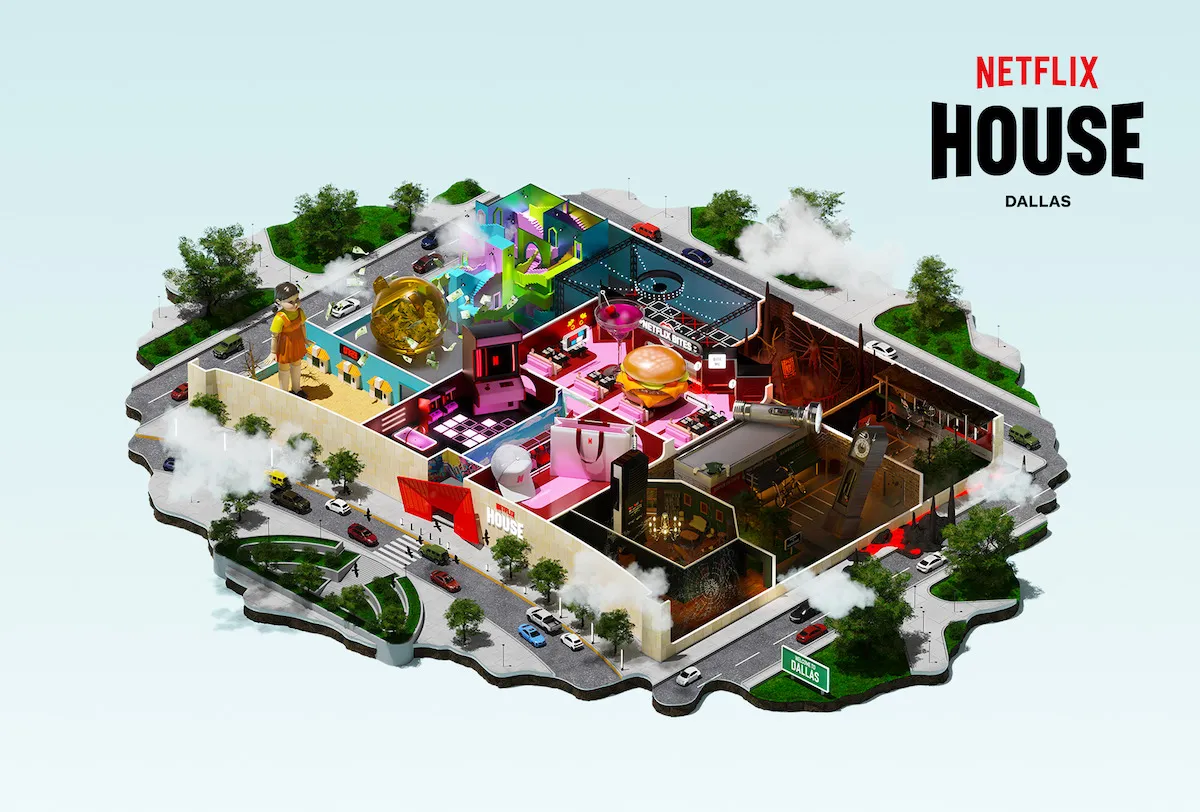
Beyond the Screen: Netflix’s Real-World Expansion
Netflix House signals a broader trend in the entertainment industry: the migration of storytelling into multi-sensory, multi-channel ecosystems. The company is no stranger to experiential storytelling; its past activations for Bridgerton, Money Heist, and Stranger Things. The Experience has drawn global audiences. But Netflix House is an escalation of an owned, branded, and continuous physical footprint that operates beyond the screen.
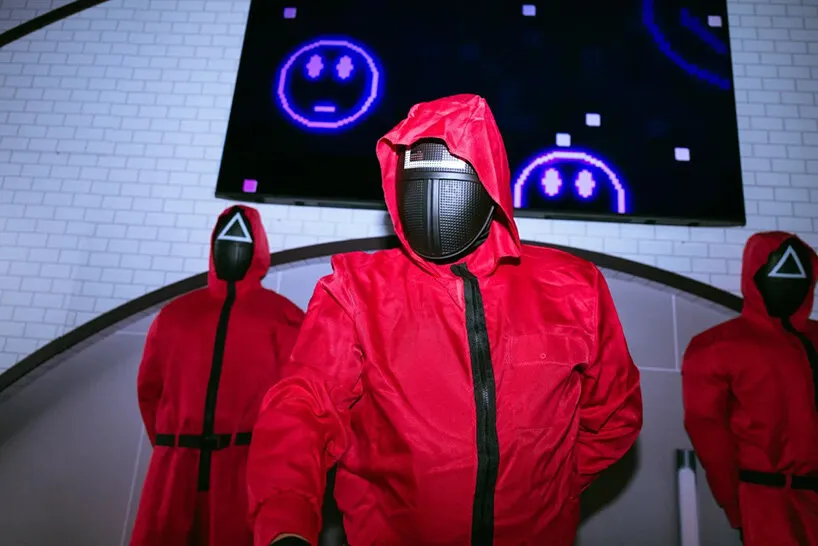
This strategy aligns with the growing demand for immersive experiences, particularly among younger demographics who increasingly value interactivity and shared cultural moments over passive consumption. This expansion signals a deliberate shift toward experiential branding, embedding Netflix into the physical lives of its audience beyond digital screens.
The model also departs from conventional theme parks by stripping away subscription requirements or gated access. Anyone can enter Netflix House, eat at the Netflix Bites restaurant, or browse the merchandise shop, no membership needed. This low-barrier entry serves as both a marketing funnel and cultural outreach, expanding the brand’s relevance beyond its streaming base.
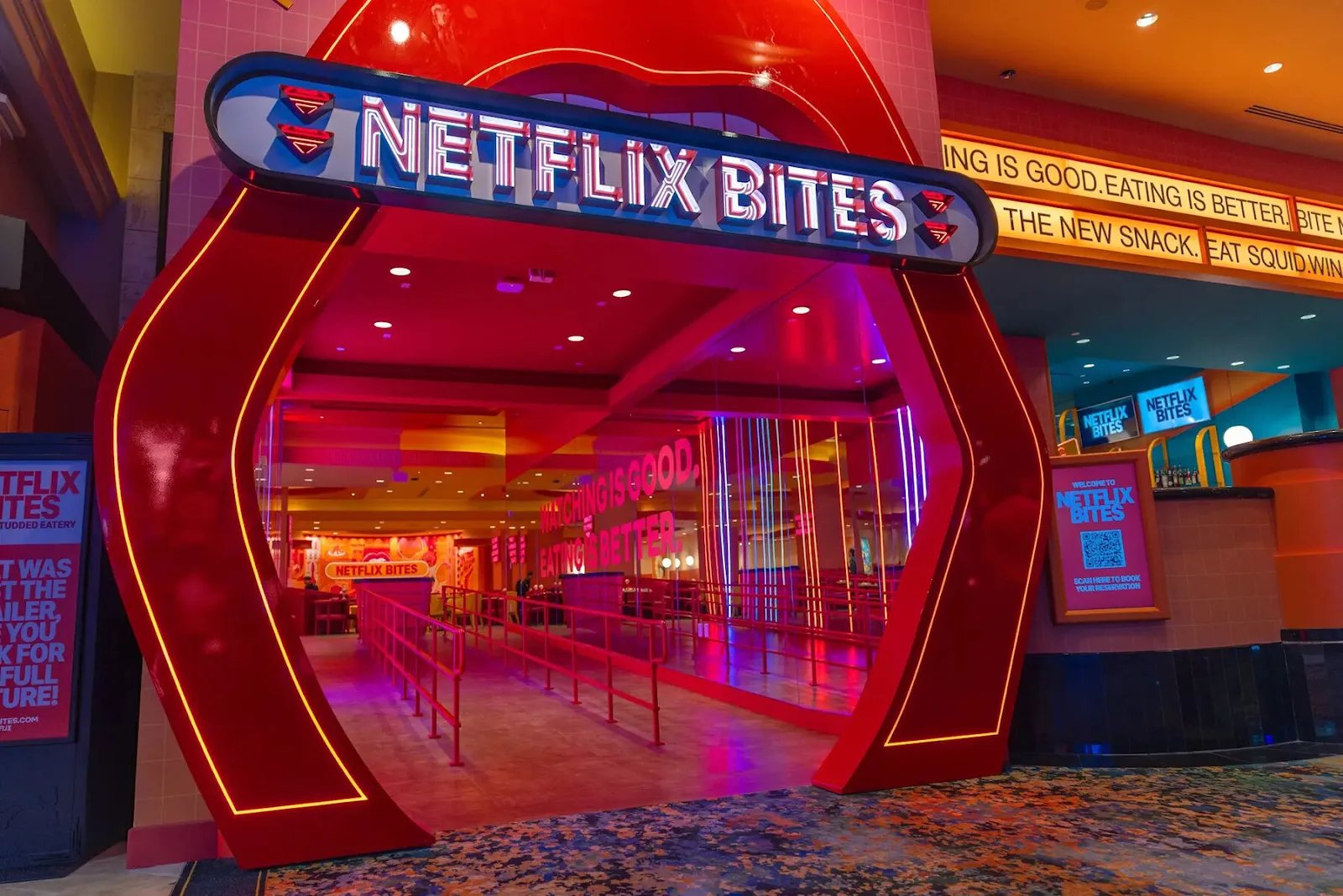
Integral to Netflix House’s vision is Netflix Bites, an onsite dining concept that transforms storylines into culinary experiences. With menus inspired by specific shows and characters, think cocktails named after The Gray Man or appetizers tied to Emily in Paris, the restaurant creates a literal taste of Netflix IP.
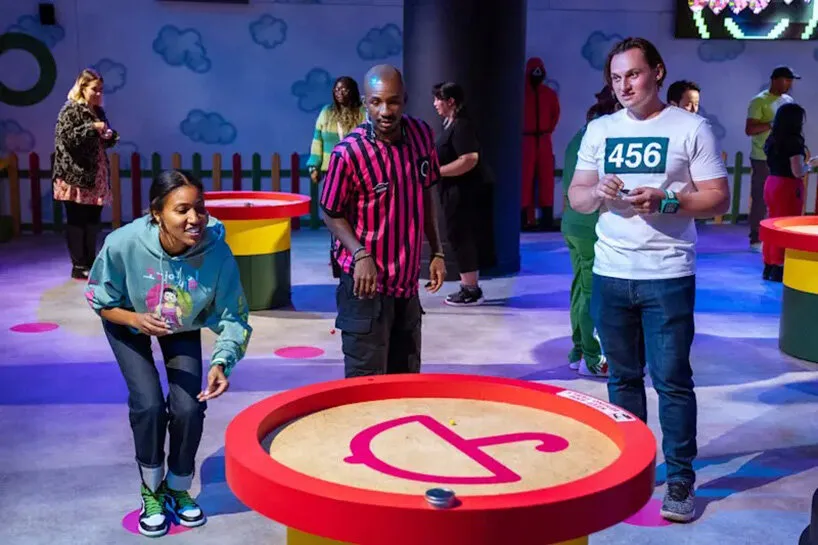
Retail, too, plays a key role. Exclusive merchandise tied to each installation will be available only onsite, adding a layer of scarcity and collectibility. Unlike typical fan shops, the curated product lines are expected to evolve with the platform’s global content slate, tying Netflix House to current releases and future hits.
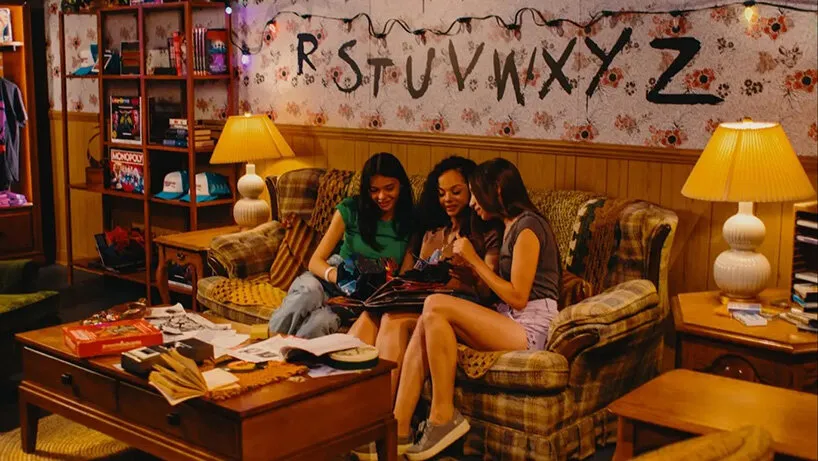
This fusion of storytelling, commerce, and hospitality is part of a growing sector often referred to as “narrative placemaking”, a strategic blending of place-based entertainment and intellectual property to create spaces that are both profitable and culturally resonant.
Future Expansion and Industry Implications
Las Vegas, already a hub for themed entertainment, will host the third Netflix House location in 2027 at BLVD Las Vegas. With three flagship venues in high-footfall urban centers, Netflix is testing a scalable format that could expand nationally or internationally if successful.
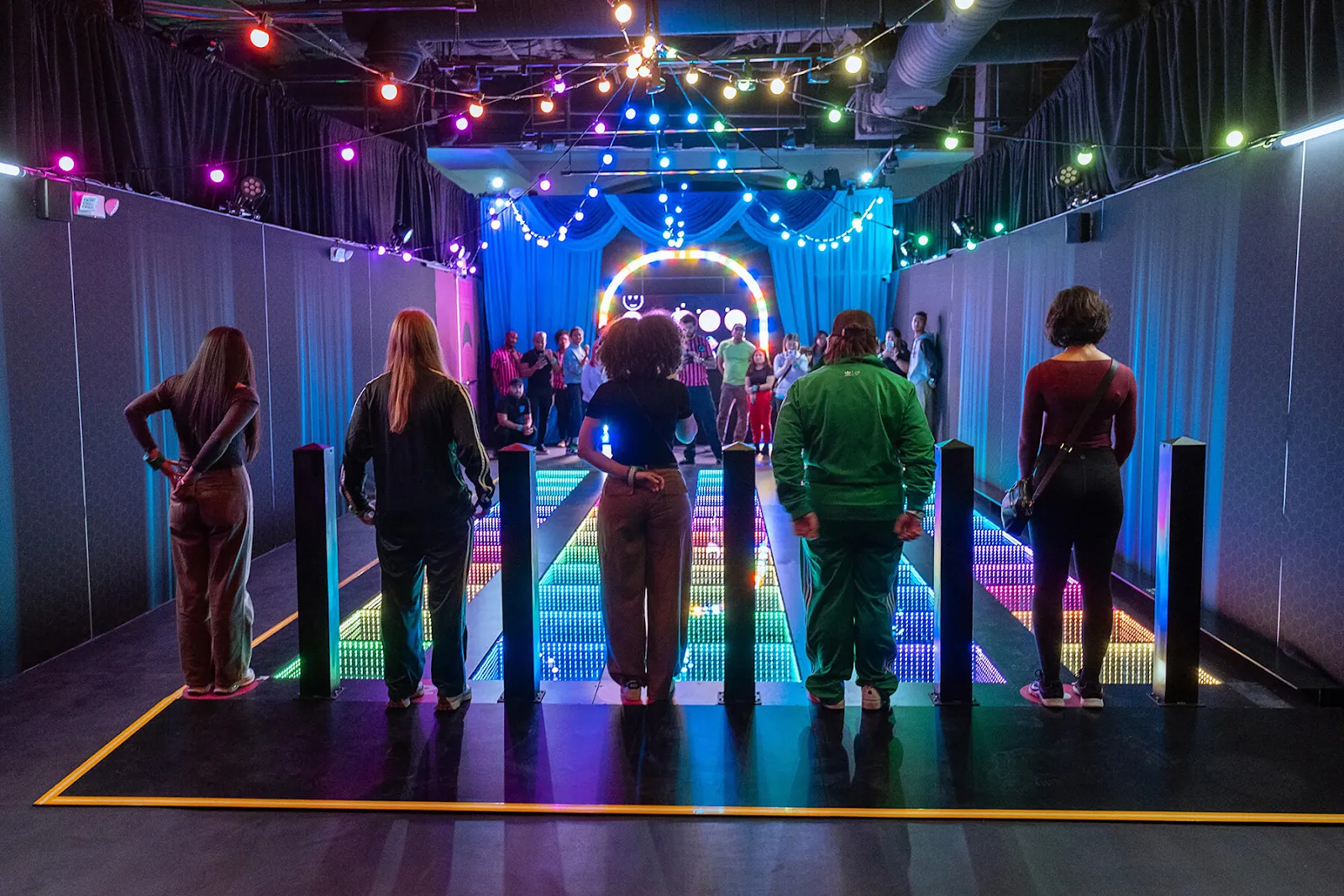
From a business standpoint, Netflix House, a brand that bridges digital consumption with tactile immersion. It’s a move that echoes shifts by other media conglomerates, yet the scale, permanence, and direct-to-fan focus mark it as uniquely Netflix.
As the streaming wars settle into a new equilibrium, and audiences seek deeper emotional connections to their favorite franchises, Netflix House may redefine what it means to be a fan in the 21st century, not just a viewer, but a participant.
All images are courtesy of Netflix.




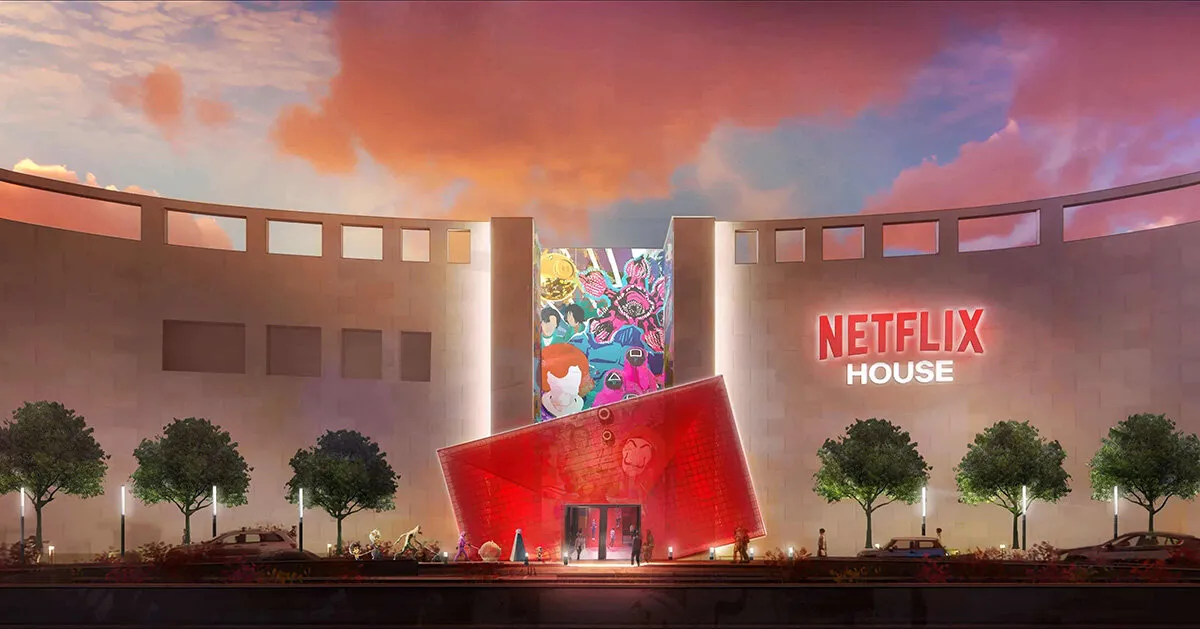









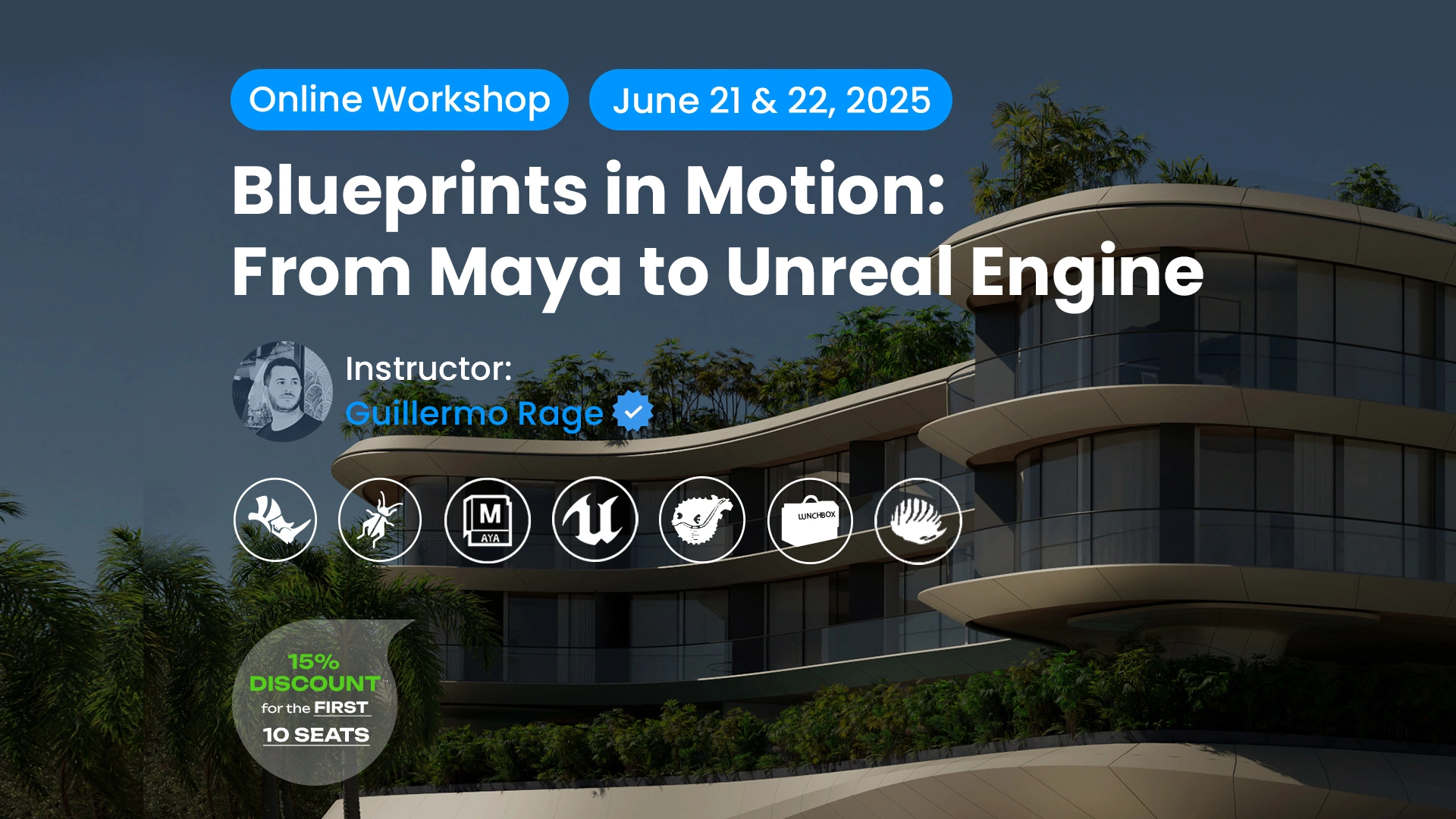










Leave a comment